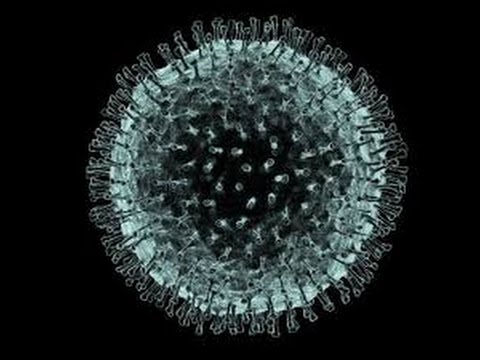COVID-19 Modeling Projects
 |
Here's a collection of COVID-19 related modeling resources I helped to develop CalCAT, a tool used by the State of California to compare different modeling forecasts. |
CalCAT paper
I am coauthor of this new paper which describes some of the technical and people aspects of maintainin a long-running public health dashboard. The dashboard described is CalCAT which started as the state's aggregator for COVID-19 forecasts, but has since evolved beyond that.
CalCAT
The California Communicable disease Assessment Tool (formerly the Covid Assessment Tool) is a dashboard I helped design and support. It aggregates forecasts from the health department and various academic groups of statewide growth in
COVID testing in schools
This analysis, done with colleagues at the CA Dept of Public Health and researchers at UCSF, examines risk tradeoffs in schools for different testing policies. This was done in Spring / Summer 2021, with a view to safely reopening schools in the 2021-2022 school year.
Health equity paper
I am coauthor of this academic paper which analyzes racial / ethnic disparities in California for COVID risk exposure, testing and case rates
Comprehensive list of COVID-10 modeling efforts
I've collected a list summarizing different modeling groups doing COVID forecasting and growth estimation.
Early days of the State of California's modeling efforts
Here is an article about the early days of California's COVID modeling effort. I joined this team about a month later, but the article captures the feeling of those early days, and the collection of people volunteers and epidemiologists from the tech industry, academia and public health to come together and generate good forecasts.
Ryan McCorvie on COVID modeling
Here is an article where I discuss aspects of COVID-19 modeling. Here is another link.
Here is a local copy of the article.
Contact tracing model
This paper describes a simple model for contact tracing. It turns out that for reasonable assumptions about the infection rate and the percentage of asymptomatic / hard to detect cases, contact tracing has a low probability of successfully stopping the spread by itself. Another paper (not by me) along these lines but with much more detail is here and it concludes that “test-trace-isolate programs can contribute substantially to reducing R, exceptional performance across all metrics is needed to bring R below one through test-trace-isolate alone.”
Growth rate modeling
During the early days of the outbreak, I ran a few regressions to forecast growth in cases and deaths. This is one is simple exponential growth against time, and this adds a quadratic term so cumulative incidence is approximately in the shape of the error function.